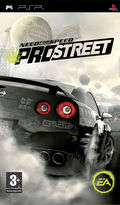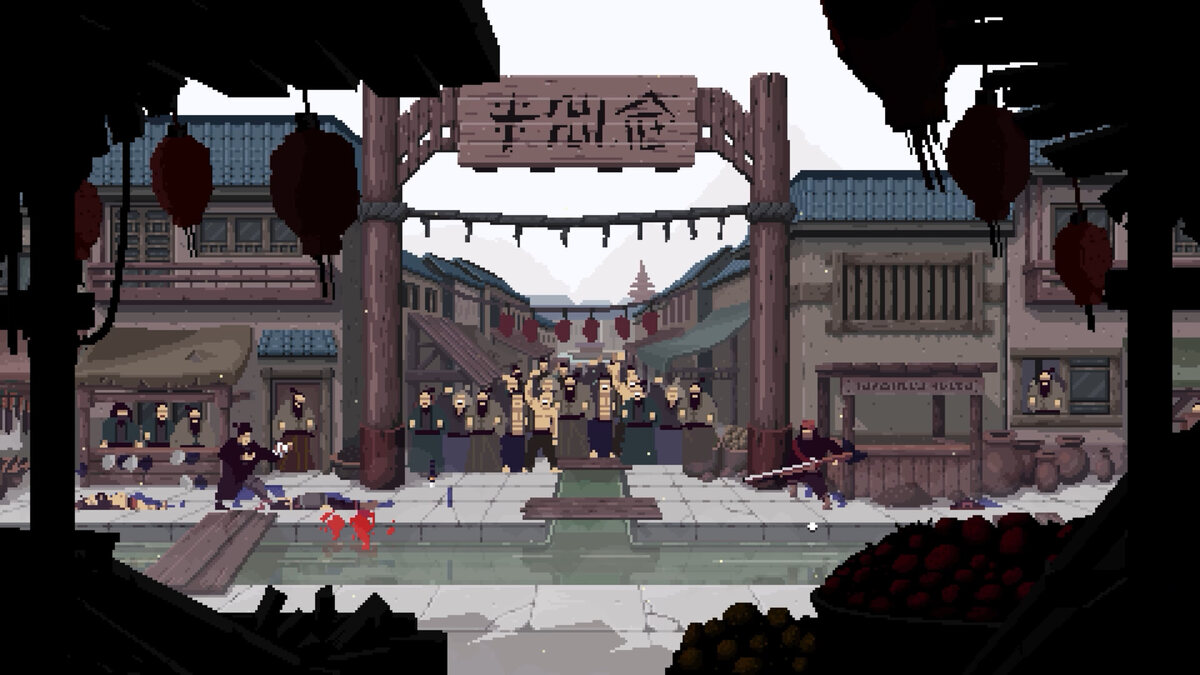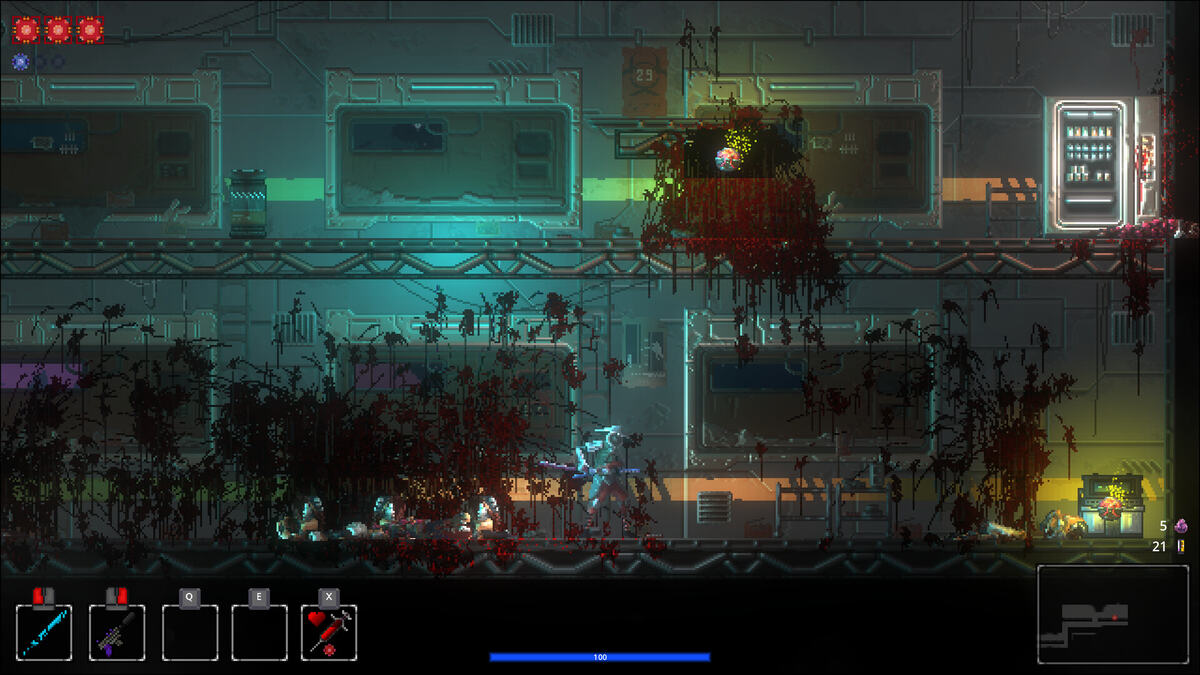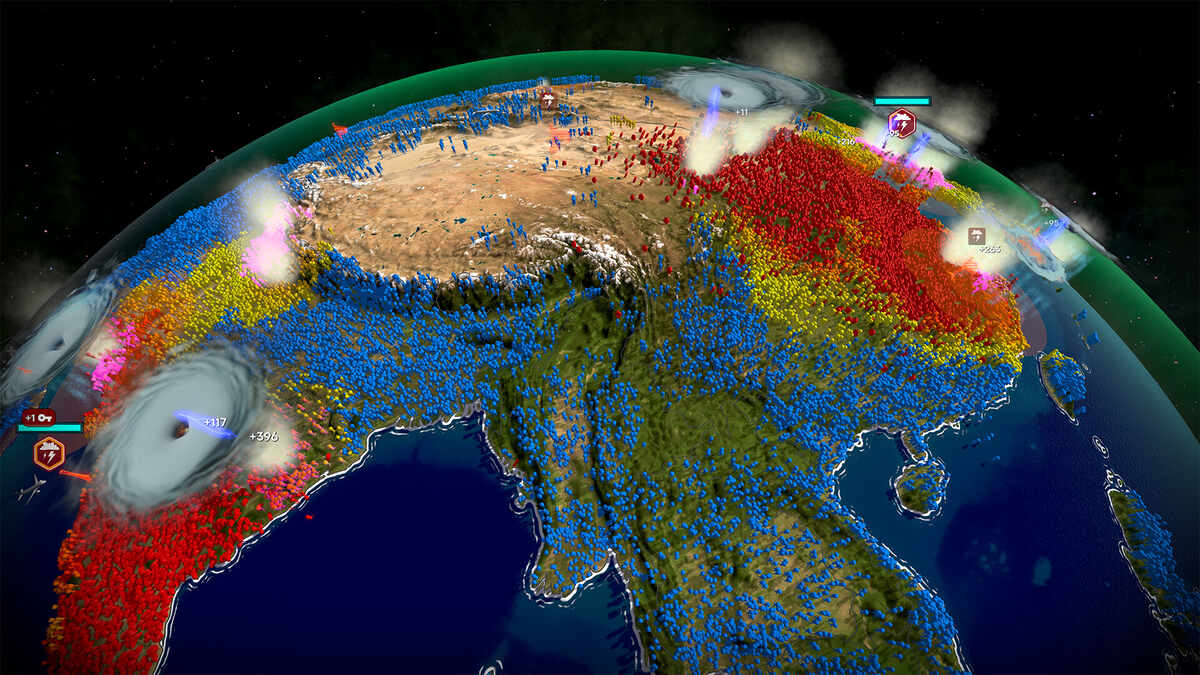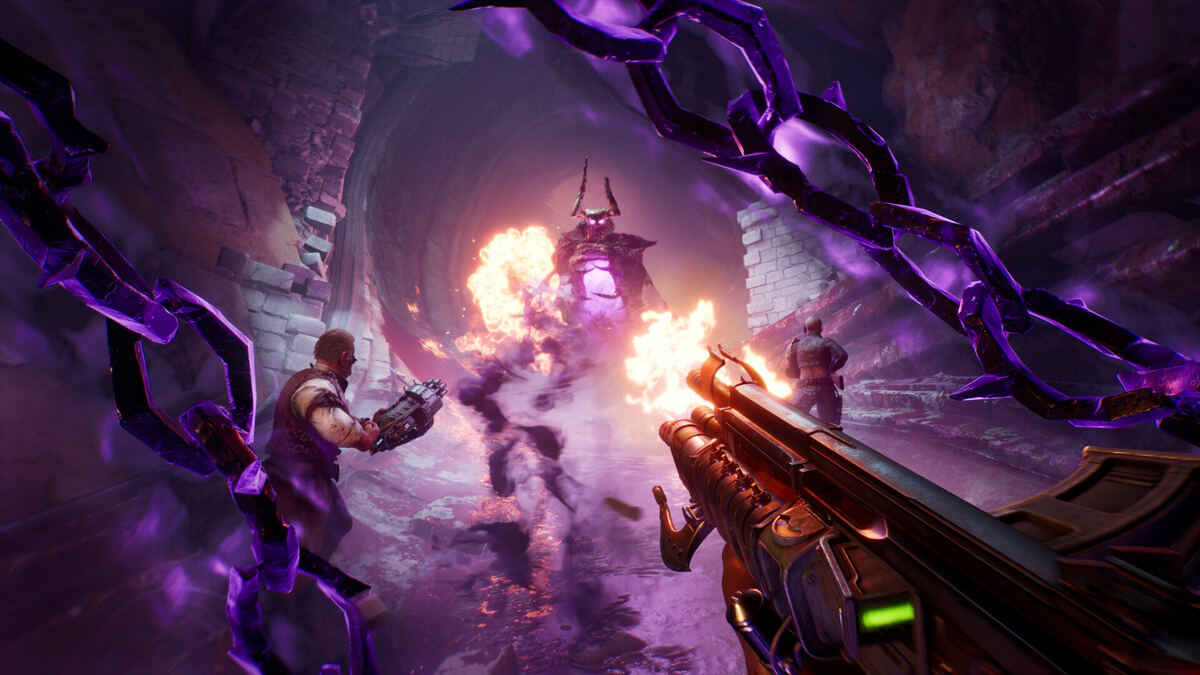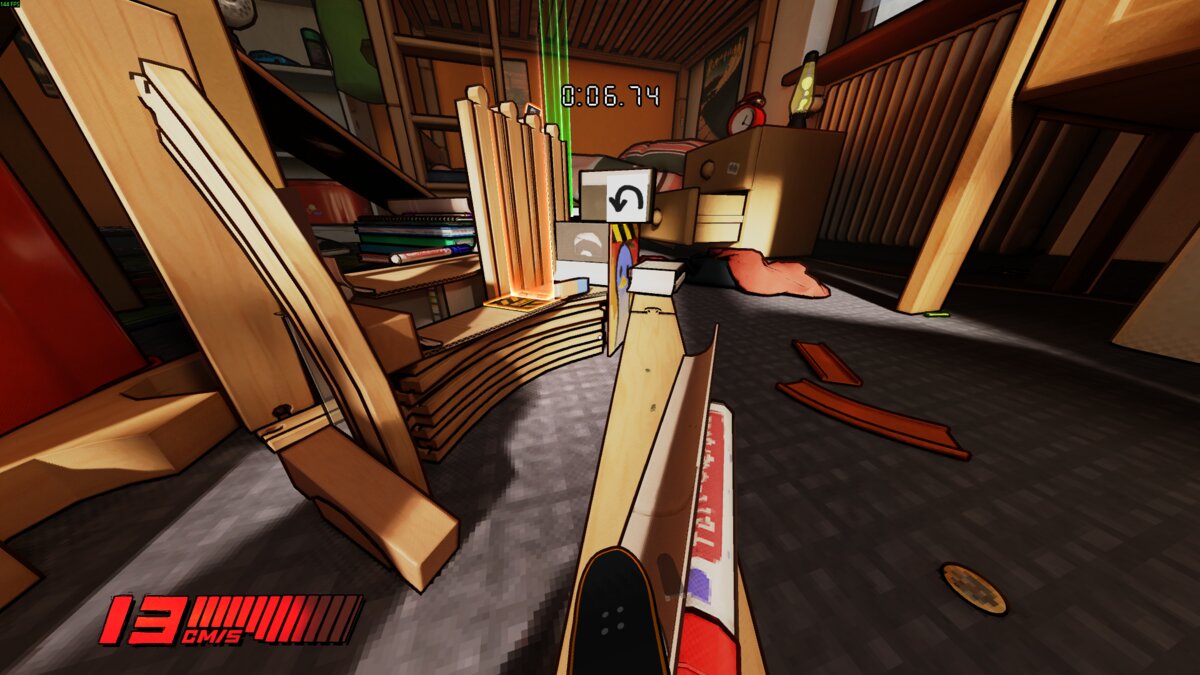You can trust VideoGamer. Our team of gaming experts spend hours testing and reviewing the latest games, to ensure you're reading the most comprehensive guide possible. Rest assured, all imagery and advice is unique and original. Check out how we test and review games here
At EA’s glossy Guildford offices, during a visit to play a preview build of Need for Speed ProStreet, I managed to get the attention of the game’s hugely enthusiastic producer John Doyle, who is guiding the series as it tries to keep up with the evolution of custom car culture.
Pro-G: Hi John. It seems important to your game to remain faithful to street racing culture. How have you listened to a scene so distant from gaming?
John Doyle: Well, we have a lot of contacts that we use pretty heavily when we’re researching our games, particularly among car magazine editors, who are in that street racing and car tuning genre. We spent a lot of time chatting with those guys. We also sponsor Formula D, so we have access to some of the drivers and people behind Formula D. We talk to those people quite a bit about where they think their sport is going. But we also have to do a lot of research into what consumers expect, whether they’re gamers or passionate car tuners.
Pro-G: So how has all that input changed Need for Speed?
JD: What we’ve seen is that the Fast and the Furious vibe is kind of on the way out, and now it’s really all about car performance. So it’s about building the best possible car and then taking it out and proving that you can handle that thing even if it’s 800 horsepower on a drag strip or circuit. The biggest thing that we’ve been able to pick up is what people are really looking for, and what they are turning away from a bit, which is the idea of a car that sits on a trailer looking perfect all the time. What they want now is to take that performance, modified machine out there and really be able to harness its power.
Pro-G: So where does Pro Street sit on the line that runs from simulation games like Gran Turismo through to arcade games like Ridge Racer?
JD: Well, I think if you look at a continuum of racing games, and on one end you have the straight arcade games that Need for speed has been closer to before, and if the other end is Grand Turismo. What we’ve tried here is to not be on that line at all. We’ve tried to carve out a new space, which is accessible, so you can pick it up and it’s fun and filled with adrenaline and excitement, but at the same time, it feels believable. We think ‘simulation’ is a bit of a dirty word, because there’s this baggage that comes along with it that says the game is punishing, or really not fun, or so realistic it’s not accessible, and that’s really not what Need for Speed is about. So we’re not trying to be a simulation, but we want to be much more believable than a traditional arcade racer.
Pro-G: Damage has been introduced to Need for Speed, and most importantly it is damage with consequence. How has it been trying to get the balance of the damage’s impact on the racing just right?
JD: That’s a hotly debated balance within the walls of EA Blackbox. Where we really sit with Need for Speed Pro Street is that damage is cool, we want you to damage you car and scrape it up. It’s proof that you’re driving as aggressively as you can, but we also want there to be consequences for pushing to hard, which is why the damage can have some effect on your performance, such as reducing your top speed. What we’ve tried to avoid doing is have damage affect handling, as that’s not fun. We don’t want damage to be so punishing that it is no longer fun to race, as that wouldn’t be very Need for Speed at all. We’re trying to strike that balance and we’re not yet done. We’re having an awful lot of focus testing and having people play the game all the time. By the time we’ve shipped we’ll be there.
Pro-G: Several people have claimed that the racing genre is at an evolutionary dead end, but Need for Speed is proving that wrong. Tell me about some of the new features, such as roadside wind.
JD: Next gen consoles have allowed us to really take advantage of a great deal, to develop things like the procedural real-time damage system that we certainly couldn’t do before. Smoke is something that really required us to be able to harness the power of the 360 and PS3, and then the way our AI behaves is big. Its ability to plan and to be aggressive and have various skills is very new.
Pro-G: Finally then, what about multiplayer and online?
JD: So we’re not talking much about that yet. We’ll roll out a lot of the multiplayer story closer to August when we get stuff out to everybody. One of my jobs at Blackbox is figuring out the online strategy for various Need for Speed games, and my philosophy is that it’s always been more important to play with friends or people you know. Those are the only people I really care about beating. I don’t care about beating number 50,000 on a leader board of 100,000. So that’s really our philosophy this year; that the online play is relevant to you.
Pro-G: And before I go, when can we expect to see it?
JD: The first week of November is what I’m hearing.
Pro-G: Excellent. Thanks John.
Need for Speed ProStreet
- Platform(s): Nintendo DS, PC, PlayStation 2, PlayStation 3, PSP, Wii, Xbox 360
- Genre(s): Racing
/https://oimg.videogamer.com/images/fd1c/nfs_prostreet_4.jpg)
